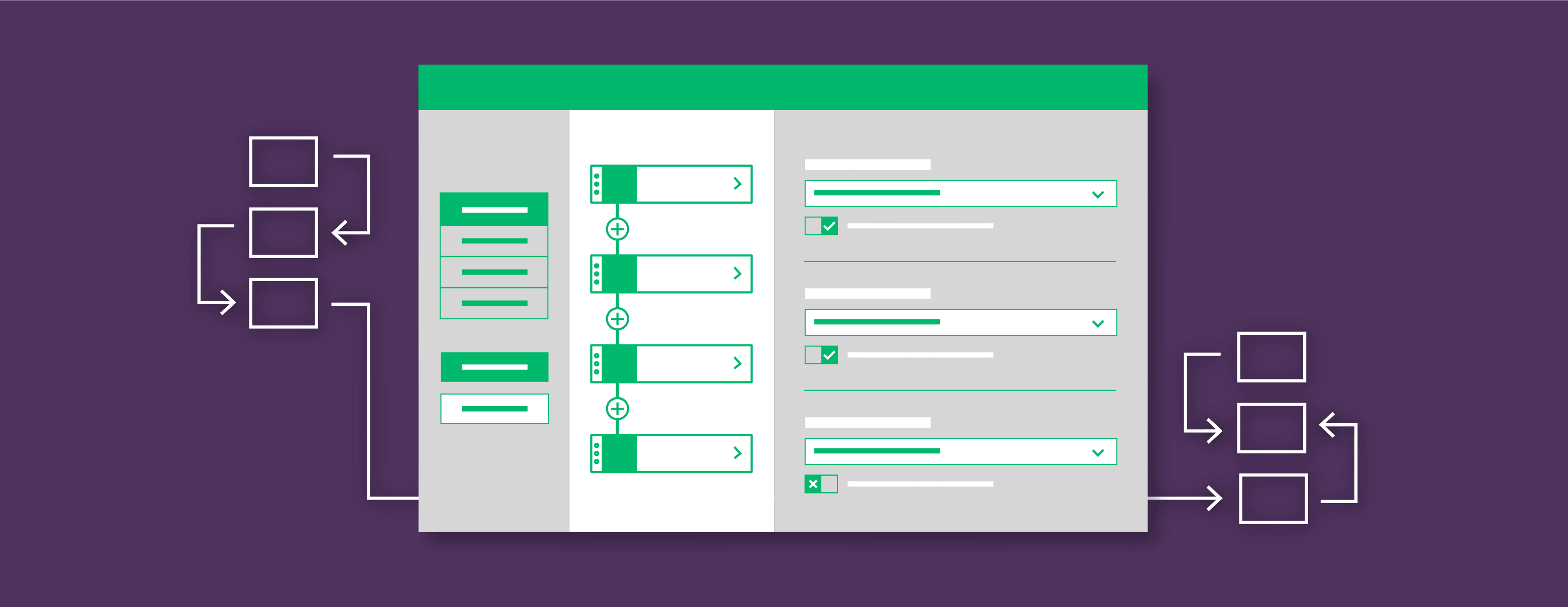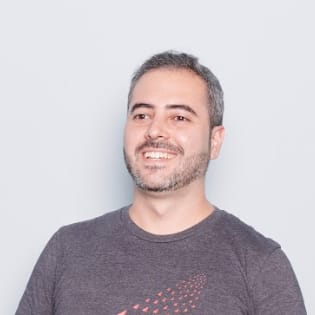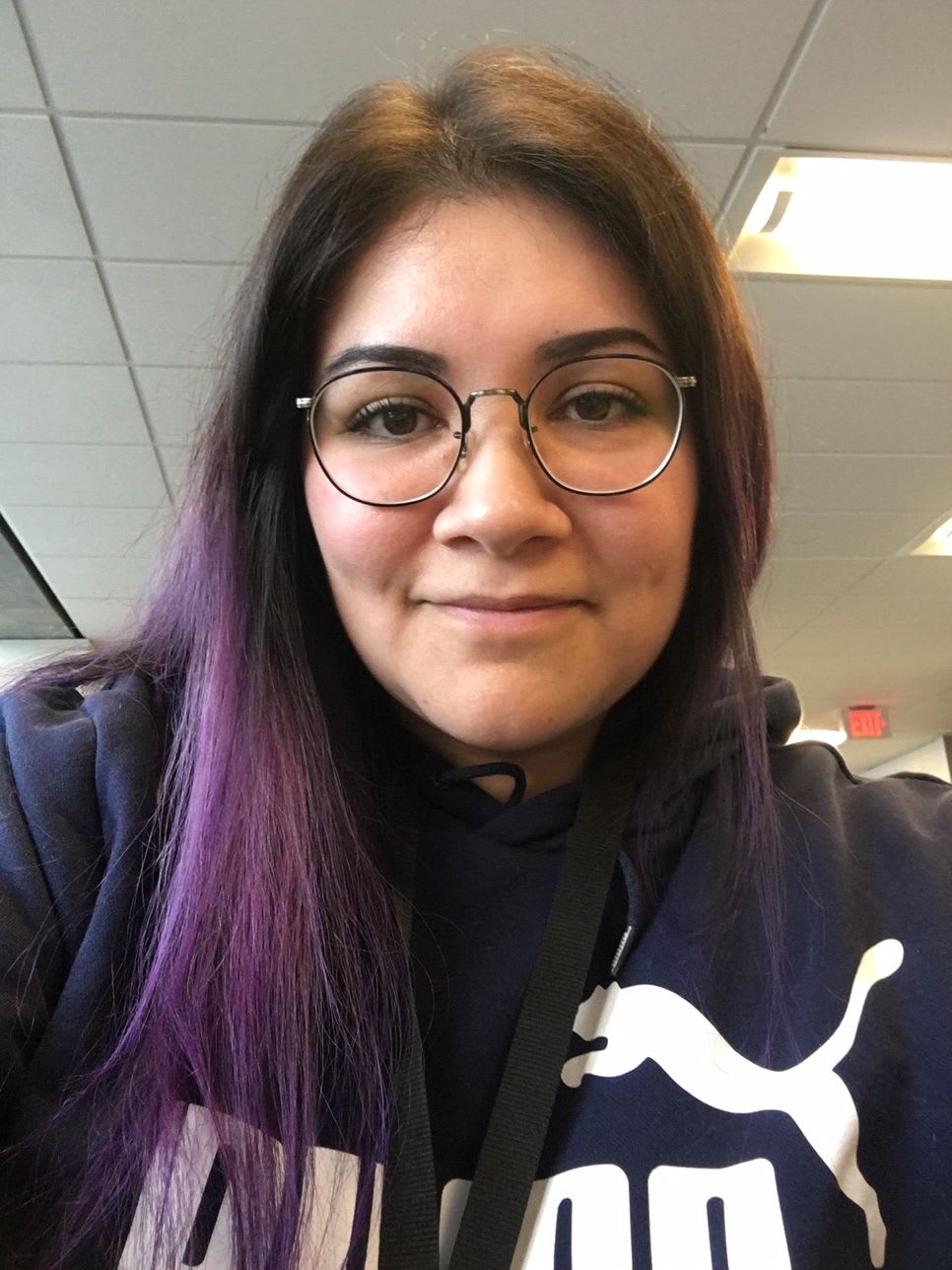Blog

Having recently attended ng-conf 2018 , where the Angular core team announced that Angular 6 is “dangerously close to release,” I wanted to write about the exciting features we can expect.

Many enterprise applications use complex forms with even more complex validation rules. Out of the box, Angular offers a solution to handle forms including its validation. But even though the solution is feature rich, it can't cover every possible use case. What if we want to count how many fields are invalid in any given section of our application? What if we want to validate a field depending on the value of another component's field?

Bridge for Product Designers Cohort 1 applications are now open! What exactly will you get from participating in the program? I spoke with alum from Cohort 0 to hear about their experience, what it’s like to challenge yourself in a safe environment, and gaining confidence through practice.

Last January we had the first meeting of our brand new VueJS Toronto Meetup. It was well attended – we had about 150 people. It was clear that the Toronto developer community was excited about Vue. We were so happy with the turnout, we started thinking what else we could do. So, we invited Vue’s creator Evan You to come to Toronto!

Learning is a unique experience. It requires relating our previous background to new concepts and patterns. Those experiences are remembered specifically and each person recalls a concept a little differently. I remember a picture of a ball falling with labelled symbols, others might remember the equation, and some may remember the sounds of the physics hall. Recollection can be a little different and thus, learning requires varied approaches.

Vue.js is a versatile and approachable framework for building modern JavaScript applications. You can start out by simply adding a script tag with some vanilla JS. Or you can go all-in and create a modern JavaScript application with all the trimmings using a build system such as Webpack. However, the latter requires a fair bit of configuration knowledge so it doesn't quite fit the mantra of easily approachable, especially for people who are just starting to explore the world of modern JavaScript applications.

Although we usually know what components are needed when building most views within an app, sometimes we don't know what they are until runtime. This means we need to build a screen based on the application state, user preferences, or response from an API. A common case is building dynamic forms, where the questions and components needed are either configured by a JSON object, or where fields change based on the users' answers.

When it comes to technical skills, initiatives often focus on getting more women into the pipeline. For Bridge program leaders Emily Porta and Lindsie Canton, the challenge was not about getting more women into the pipeline, but helping them move further through it. Initially incubated by Rangle.io, the Bridge program is an initiative to “give women the tools they need to get better jobs in the tech industry, either at Rangle or another tech-related company.”






